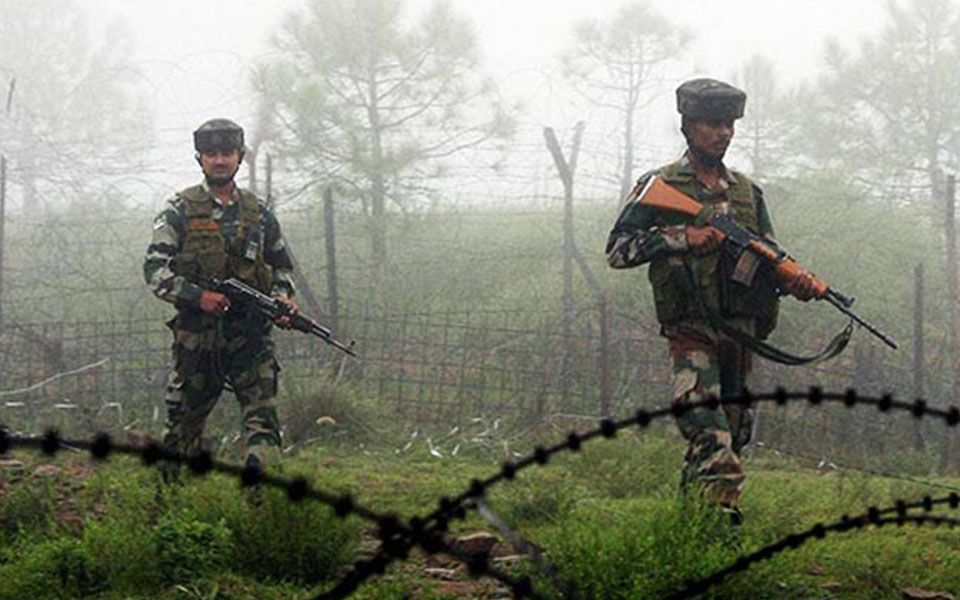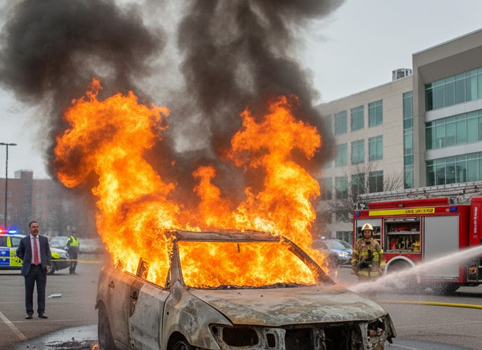Jammu, May 24: A civilian was critically injured in overnight Pakistani shelling on the Line of Control (LoC) in Jammu and Kashmir's Rajouri district, police said on Thursday.
The incident took place on Wednesday night in Lam area. Muhammad Mishri received a bullet injury.
"He was shifted to a local hospital where doctors referred him to Jammu for specialised treatment," a police official said.
In the past one week, seven people, including a seven-month-old infant, have been killed and over 50 others injured in unprovoked ceasefire violations by Pakistan on the LoC.
Let the Truth be known. If you read VB and like VB, please be a VB Supporter and Help us deliver the Truth to one and all.
Kolkata (PTI): Seven people were arrested from the Parnashree area in the southern part of the city for allegedly running a fake call centre, a police officer said on Saturday.
Acting on a tip-off, police raided a house on Netaji Subhas Road on Friday night and found the fake call centre operating from the ground floor, he said.
Preliminary investigation revealed that the accused had set up a bogus company using forged documents and posed as employees of an antivirus firm to call citizens in the US, the officer said.
"The callers would gain the trust of victims and then use remote access to take control of their phones or other digital devices. The accused allegedly siphoned off large sums of money, running into millions of dollars, from victims' accounts," he said.
Five laptops, two WiFi routers, six mobile phones and four headsets were seized from the accused, he said, adding that the seven are being questioned to ascertain the full extent of the racket and to identify others involved.





